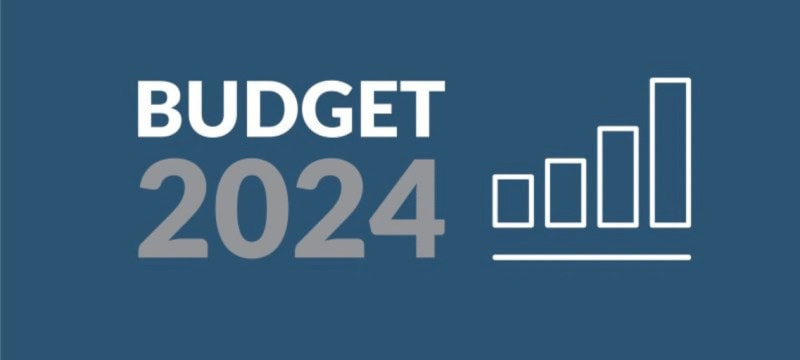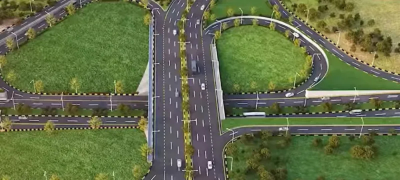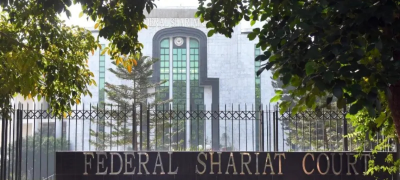Pakistan’s Federal Budget 2024-2025 Unveiled
Finance Minister Muhammad Aurangzeb presented Pakistan’s federal budget for the fiscal year 2024-2025 on Wednesday. The budget outlines a total outlay of Rs18.9 trillion, aligning closely with IMF guidelines to secure economic stability and growth.
Key Highlights of the Budget
- Total Expenditure: The budget allocates Rs18.9 trillion for various expenditures and initiatives aimed at fostering economic growth and development across sectors.
- GDP Growth Target: The government targets a modest 3.6 percent GDP growth for the upcoming fiscal year, reflecting cautious optimism amidst economic challenges.
- Tax Revenue Target: An ambitious Rs13 trillion tax collection target has been set for the Federal Board of Revenue (FBR), necessitating reforms and adjustments in tax policies.
- Taxation Reforms: The budget introduces measures to enhance tax compliance, including increased taxes on salaries and removal of tax exemptions to broaden the tax base.
- IMF Alignment: The budget is crafted to meet IMF requirements, essential for securing a significant bailout package aimed at stabilizing Pakistan’s economy.
- Debt Servicing: The budget allocates Rs9.8 trillion for debt servicing, highlighting the substantial portion of the budget dedicated to managing existing financial obligations.
- Sectoral Allocations:
- Petroleum Levy: Increases in petroleum levies on petrol, diesel, and other products to generate additional revenue.
- Social Welfare: The Benazir Income Support Program (BISP) receives a 27 percent increase in funding, amounting to Rs592 billion to support vulnerable populations.
- Infrastructure: Significant allocations for infrastructure development under the Public Sector Development Programme (PSDP) to stimulate economic activity.
- Inflation and Economic Stability: The budget addresses inflation concerns with a target set at 12 percent, aiming to stabilize prices and mitigate economic hardships.
- Foreign Exchange and Reserves: Improved foreign exchange reserves and heightened international investor interest are highlighted as indicators of economic recovery.
- Policy Direction: Emphasis on transitioning to a market-driven economy, promoting exports, and encouraging private sector investment as drivers of sustainable growth.
- Government’s Economic Strategy: Acknowledgment of past economic challenges and efforts to overcome them under the leadership of Prime Minister Shehbaz Sharif.
- Political and Economic Challenges: Recognition of the persistent challenges faced, including inflation, currency depreciation, and fiscal deficits, with strategies outlined to address them.
Conclusion
Finance Minister Muhammad Aurangzeb underscored the importance of collective efforts and sustained reforms to achieve economic stability and growth. The budget aims to lay the foundation for a resilient economy, emphasizing fiscal discipline, equitable development, and strategic investments to propel Pakistan towards sustainable development goals.









